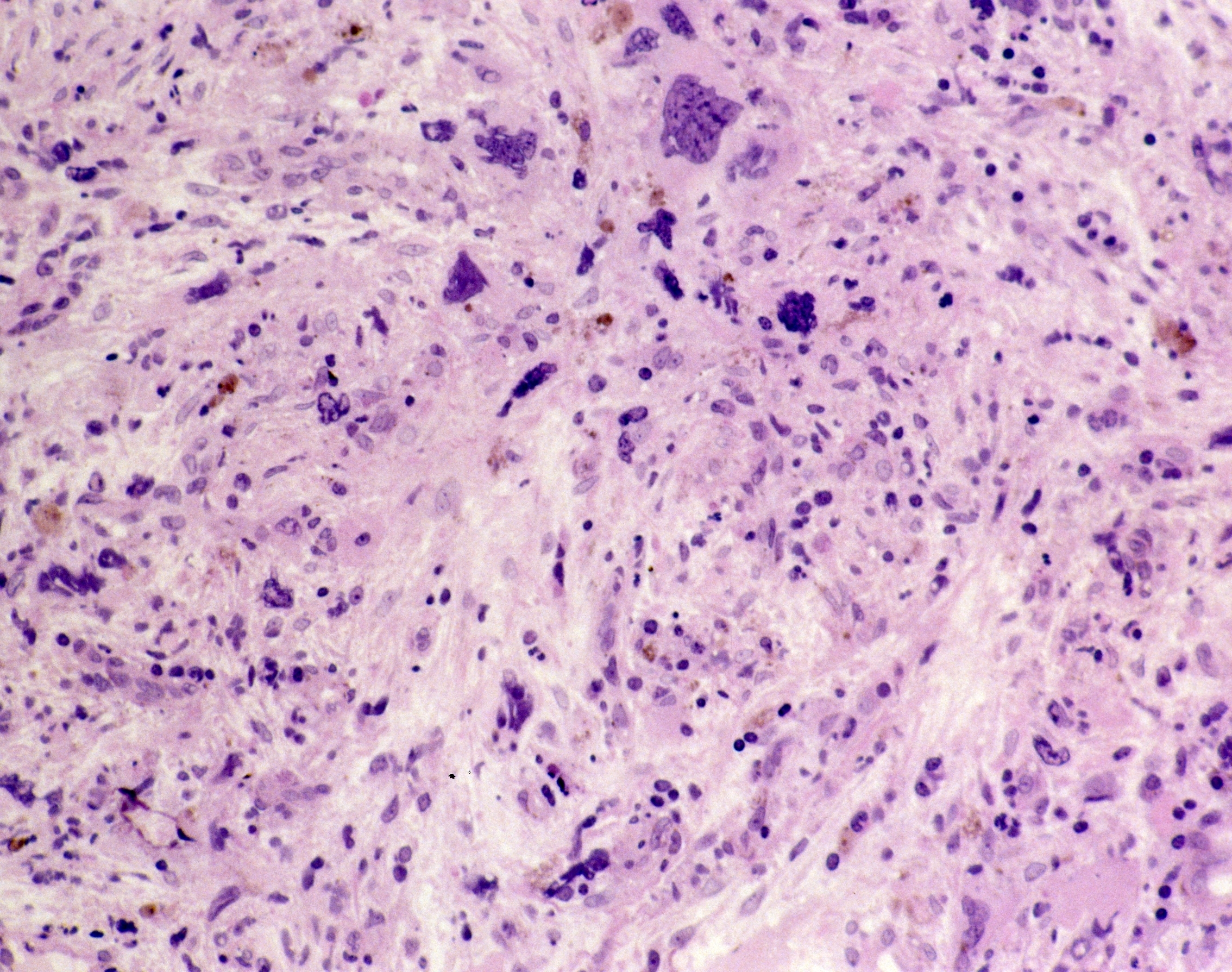
A large analysis of real-world treatment outcomes in patients with myelofibrosis who were treated with ruxolitinib, a Janus kinase (JAK) inhibitor, found that “outcomes remain poor” in these patients despite treatment.
Naveen Pemmaraju, MD, of the MD Anderson Cancer Center, and colleagues conducted the research because there is “limited real-world evidence assessing the treatment patterns and outcomes” of ruxolitinib therapy in patients with myelofibrosis, according to an abstract they presented at the 14th Annual International Congress on Myeloproliferative Neoplasms.
“Treatment options for myelofibrosis are limited to Janus kinase inhibitors or other non-approved treatments. Ruxolitinib is the dominant JAK [inhibitor]; however, about half the patients discontinue [ruxolitinib] within two years due to resistance, suboptimal response, toxicity, or progression,” Dr. Pemmaraju and colleagues wrote. “[Ruxolitinib] discontinuation has been associated with poor survival outcomes. Due to limited therapeutic alternatives, patients are often re-challenged with [ruxolitinib].”
They used a large U.S.-based integrated electronic health record and claims database to identify 7,455 adult patients who had at least two claims and at least one health care encounter with a primary or secondary myelofibrosis diagnosis between January 2012 and March 2022. The median patient age was 71 years, with a mean follow-up of 29.6 months from the start of first-line therapy.
The researchers defined the time to next treatment or death as the interval from the line of therapy initiation until the next line of therapy or death. Overall survival (OS) was defined as the interval from start of the line of treatment until death. A gap of three or less months in JAK-inhibitor-containing regimens was considered a treatment interruption, while gaps of more than three months were considered advancement to the next line of therapy.
“A majority of the patients were treated with best available therapy after [myelofibrosis diagnosis], of which 5,360 (71.9%) received hydroxyurea monotherapy,” according to Dr. Pemmaraju and colleagues.
Most patients who received first-line ruxolitinib treatment received ruxolitinib monotherapy (79.4%), while 10.9% received ruxolitinib-hydroxyurea combination regimens, and 3.2% received ruxolitinib-hypomethylating agent combination regimens. Ruxolitinib interruption occurred in 22.5% of patients receiving it as a first-line treatment. The OS was 51 months after initiation of first-line ruxolitinib, while the time to next treatment or death was 17 months.
Most patients who received ruxolitinib as a second-line or later therapy received ruxolitinib monotherapy (62.9%), while 29.2% received ruxolitinib-hydroxyurea combination regimens, and 3.4% received ruxolitinib-hypomethylating agent combination regimens. Ruxolitinib interruption occurred in 23.4% of patients receiving it as a first-line treatment. The OS was 51.1 months after initiation of second-line or later ruxolitinib, while the time to next treatment or death was 11.7 months.
“[Myelofibrosis] is an aggressive myeloproliferative neoplasm with poor clinical outcomes and limited treatment options,” Dr. Pemmaraju and colleagues concluded. “Despite treatment with [ruxolitinib], outcomes remain poor, and patients experience disease progression. Novel therapeutics are needed to improve clinical outcomes in [myelofibrosis].”
Reference
Pemmaraju N, Mascarenhas J, Gerds A, et al. Real-world treatment patterns and outcomes in patients treated with ruxolitinib in the United States. Presented at the 14th International Congress on Myeloproliferative Neoplasms. Abstract #121. October 27-28.

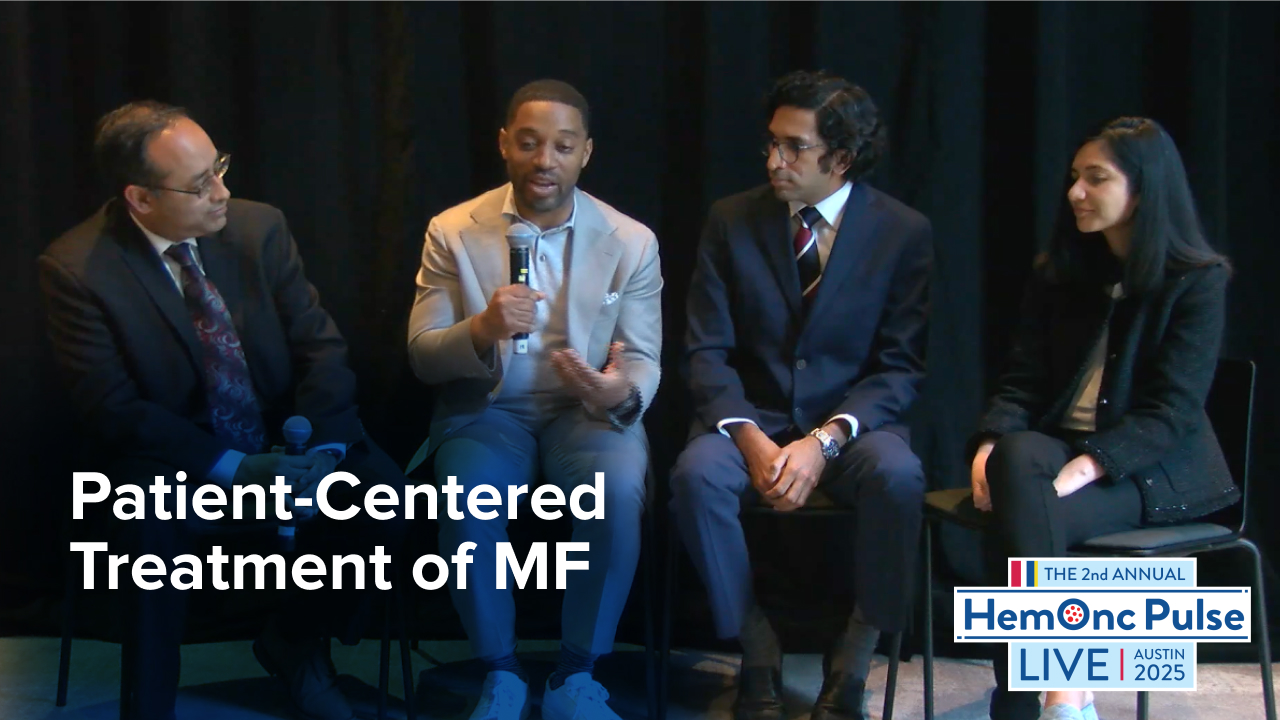
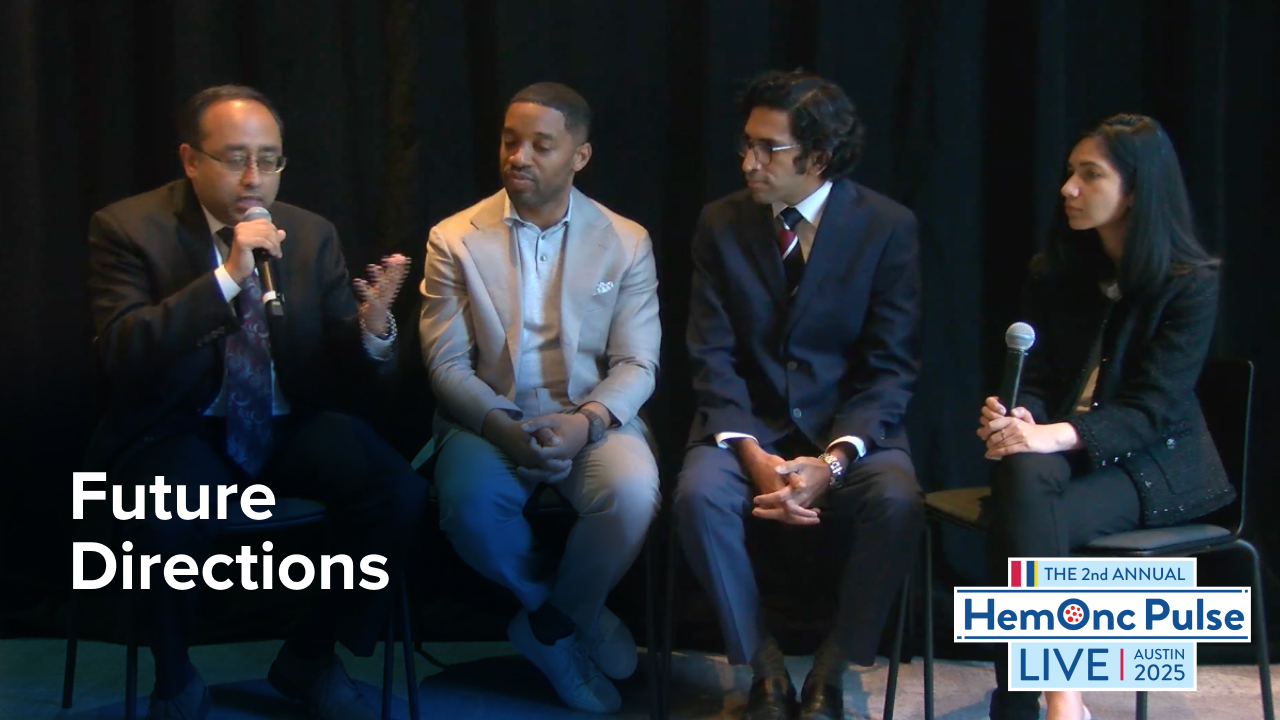
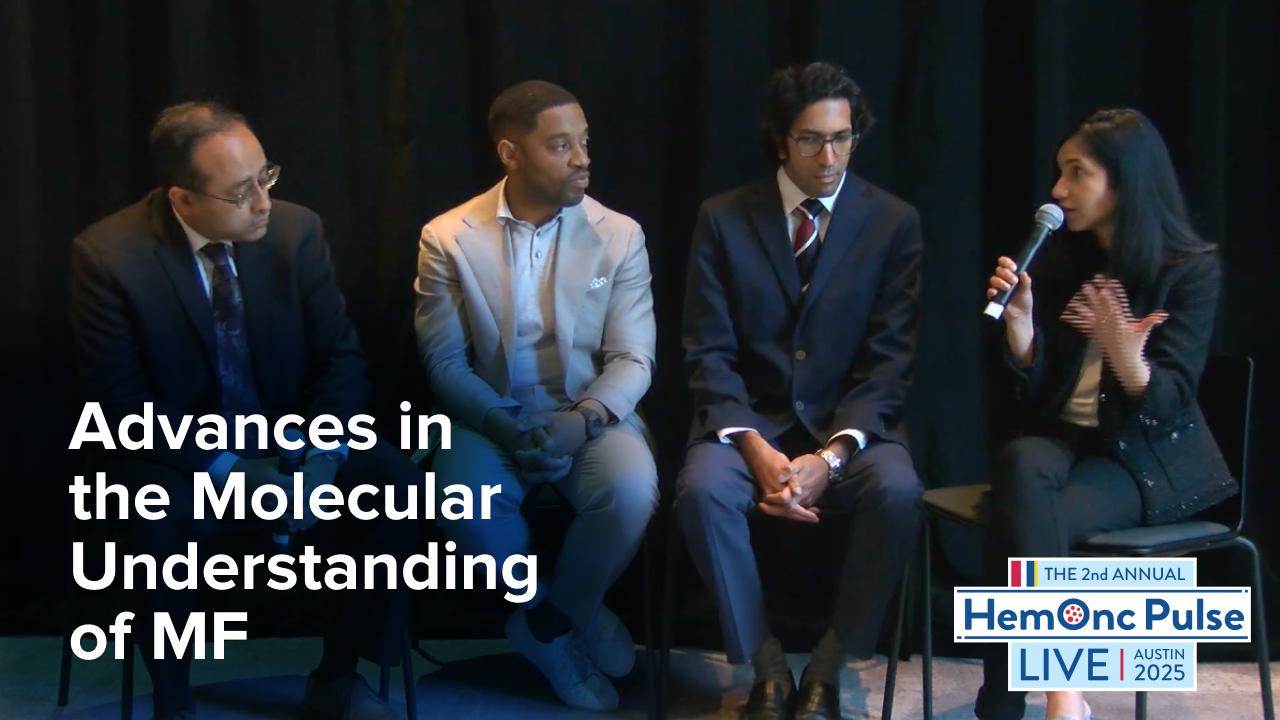

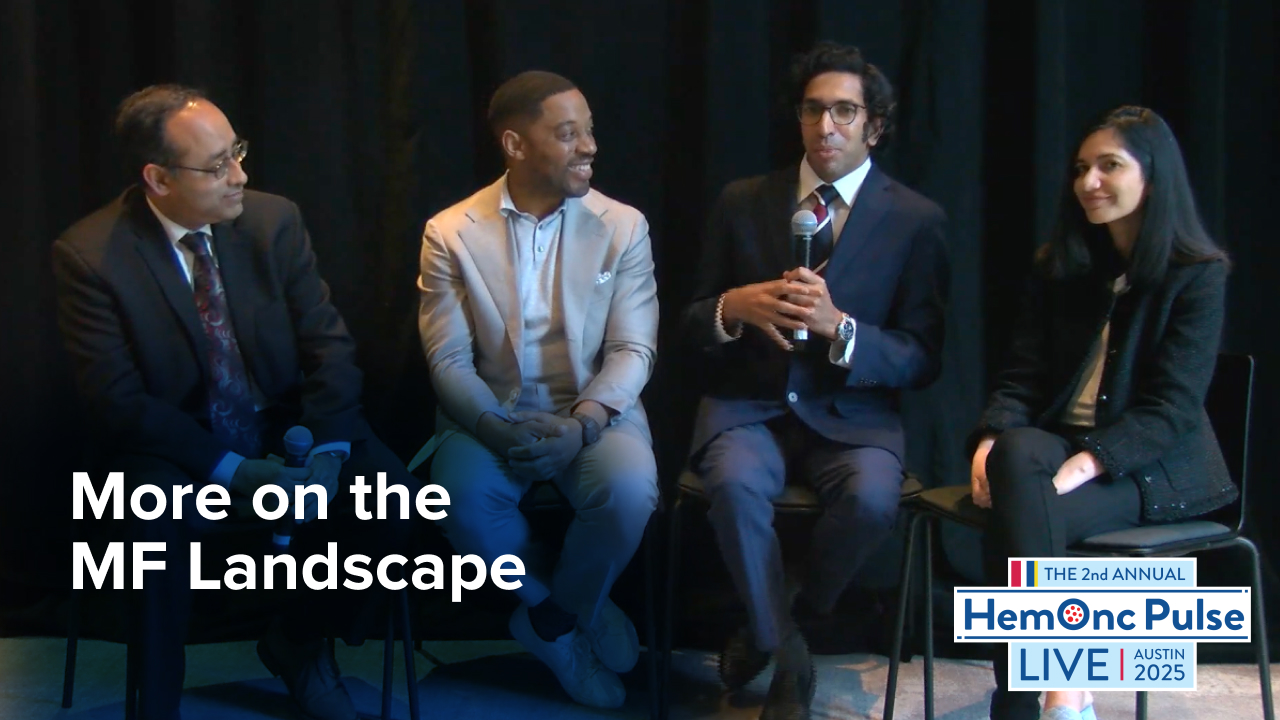
 © 2025 Mashup Media, LLC, a Formedics Property. All Rights Reserved.
© 2025 Mashup Media, LLC, a Formedics Property. All Rights Reserved.